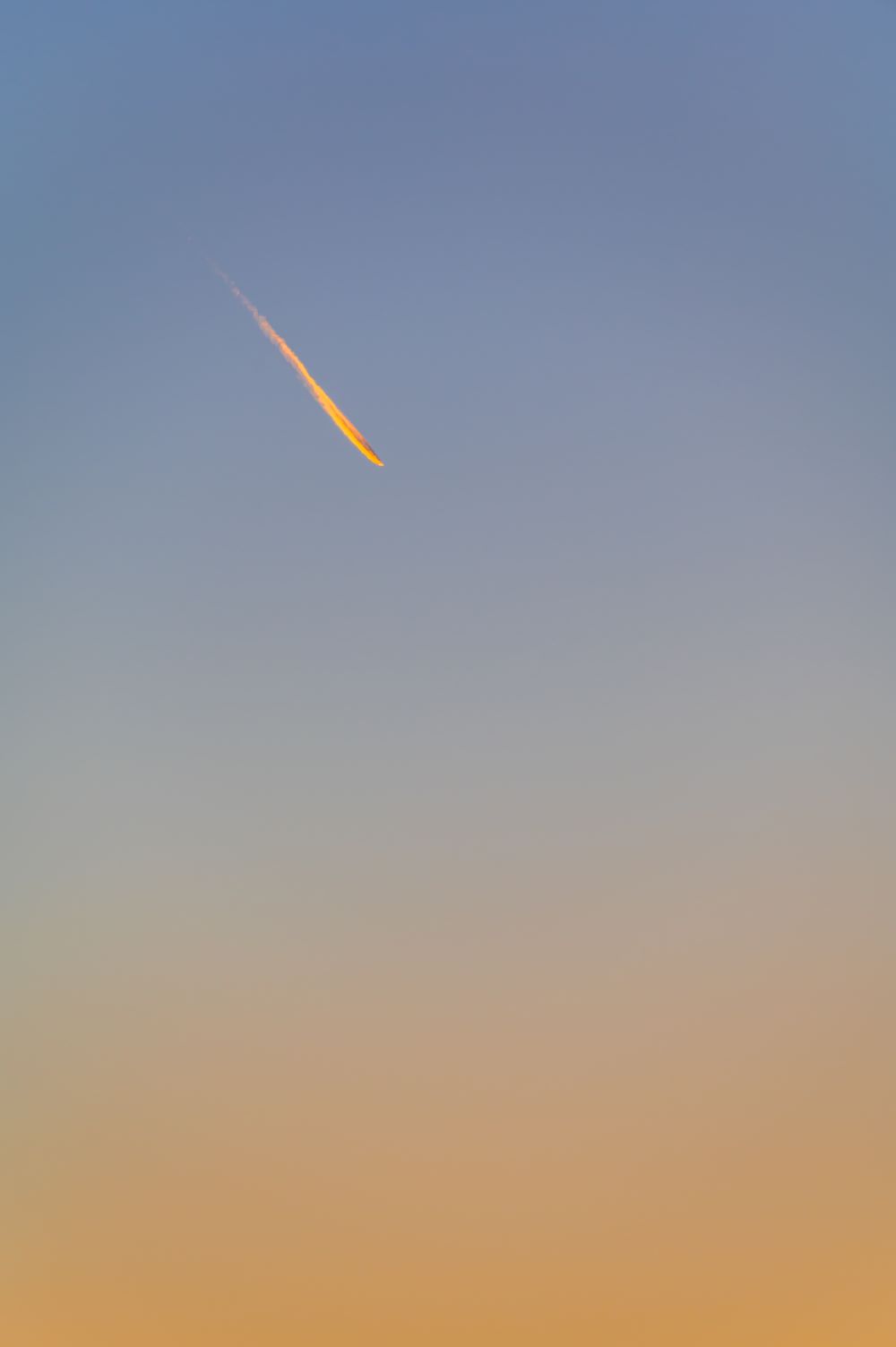Professor discovers what’s believed to be out-of-this-world technology.
In a groundbreaking development, Harvard professor Avi Loeb and his team have recovered fragments of what they believe could be alien technology from a meteor that landed in the Pacific Ocean near Papua New Guinea in 2014. According to a recent report, the materials recently brought back to Harvard for analysis have sparked excitement and intrigue among scientists and the general public.
The U.S. Space Command has confirmed with a high level of certainty, 99.999%, that the meteor originated from another solar system. The government provided Loeb a designated 6.2-mile radius of where the meteor may have landed to aid the investigation. By calculating the path of the meteor based on the time delay between the arrival of the blast wave, the explosion’s boom, and the appearance of light, Loeb and his team determined the potential trajectory, which coincidentally passed through the government’s projected range.
Taking their research to the sea, Loeb and his crew boarded the Silver Star, a boat specifically chosen for the expedition. They traversed the projected path using a sled equipped with magnets to comb the ocean floor. Their efforts paid off when they discovered ten peculiar spherules, small metallic marbles resembling miniature Earths.

Upon closer examination, it was revealed that the spherules comprised 84% iron, 8% silicon, 4% magnesium, and 2% titanium, with trace elements. These sub-millimeter-sized objects exhibited material strength greater than any previously cataloged space rock, leading Loeb to speculate about the possibility of extraterrestrial origins. The meteor’s velocity, clocked at about 37 miles per second, outpaced 95% of stars in the solar system’s vicinity, adding to the intrigue surrounding its potential artificial nature.
Loeb drew an analogy between the meteor fragments and the Voyager spacecraft launched by NASA. He explained that if the Voyager probes were to collide with distant planets billions of years from now, they would appear as meteors composed of atypical materials and traveling at extraordinary speeds. This comparison raises questions about the fragments discovered by Loeb’s team and their potential connection to an advanced interstellar civilization.
The ongoing research and analysis at Harvard aim to determine whether the spherules are natural or artificial. If natural, they could provide valuable insights into the composition of materials found beyond our solar system. However, if they are indeed artifacts of an extraterrestrial civilization, it would mark a historic milestone in human understanding and open up a world of possibilities.
Loeb’s investigation is far from over. With more debris yet to be studied and hours of unwatched footage from the sled-mounted camera, he believes the spherules could serve as breadcrumbs leading to a more significant discovery. Finding a large surviving piece of the meteor would enable scientists to definitively classify it as either a rock or a technological gadget.
Leading the Galileo Project at Harvard University, which investigates UFOs and other interstellar objects, Loeb considers the discovery a breakthrough. The recent expedition, costing $1.5 million, involved dredging the ocean floor off the coast of Papua New Guinea. Initially, the researchers encountered volcanic ash with their magnet sled. Still, perseverance led them to uncover the hidden “metallic marbles” buried within. These millimeter-sized spherules will undergo further analysis to determine their precise composition and isotopic makeup.
While Loeb’s findings coincide with a whistleblower’s claims regarding a government UFO retrieval program, his research focuses purely on the scientific aspects. The possibility of discovering a larger relic from the meteor impact fuels Loeb’s curiosity. Plans for a future expedition involve scanning the ocean floor with sonar to locate the meteor’s core, which would provide crucial evidence for distinguishing between a rock and a technological artifact.
As the investigation unfolds at Harvard, the world eagerly awaits further insights into the nature and origin of these mysterious meteor fragments.
Sources:
Harvard professor Avi Loeb believes he’s found fragments of alien technology
Harvard physicist says meteor fragments might be pieces of ‘technological gadget’ from outer space


Join the conversation!